IVC Filter Placements and Removals
What is an IVC Filter?
IVC stands for Inferior Vena Cava, the Inferior Vena Cava is the large vein that travels down the center of the body. The IVC is responsible for carrying deoxygenated blood and waste products from the lower half of the body up to the heart and then travels to the lungs. An IVC Filter is placed to help prevent blood clots from travelling up the Inferior Vena Cava and entering the heart and lungs causing blockages or even pulmonary embolism.
Why place an IVC Filter?
IVC Filters are placed in those that are at higher risk of developing DVT or pulmonary embolism. IVC Filters are used in patients that cannot take blood thinners due to other complications and in some cases may be used in conjunction with blood thinners depending on the patients risk factors and medical history.
There are many reasons your doctor may recommend an IVC Filter including things like:
- About to undergo or already had a surgery that greatly reduces your activity/mobility
- Medical issues that effects your activity/mobility
- Injury to deep vein(s) in leg
- Smoking
All of these things put you at a higher risk of developing DVT especially if you already have a history of DVT. Your doctor will take your medical history and current health condition into account to decide if an IVC Filter is best for you.
For more information about what increases your risks of developing DVT please visit our page on DVT's here.
IVC Filter Removal
There are both permanent and retrievable IVC Filters that are currently used depending on your medical condition(s).
Permanent IVC Filters should not be removed once they are placed unless serious complications from the filter arise that would suggest necessary removal.
Retrievable IVC filters can be removed when you are no longer at high risk for pulmonary embolism. These filters are normally removed using minimally invasive techniques. The doctor will explain the risks, benefits, and success rates with you based on your medical history.




